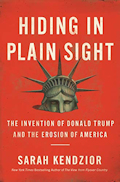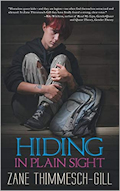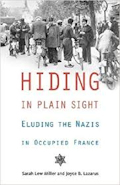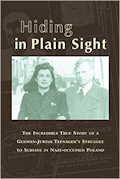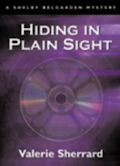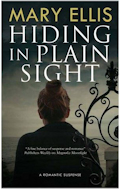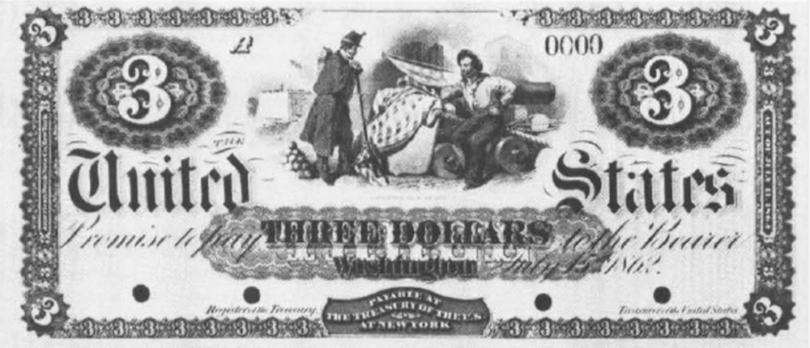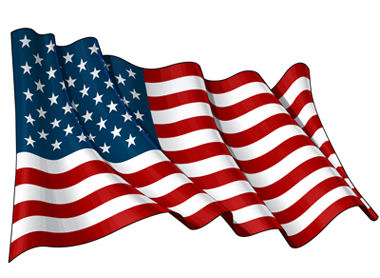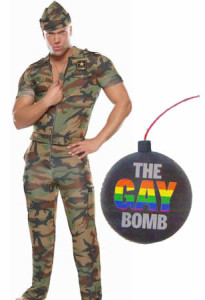Don’t Say… ?
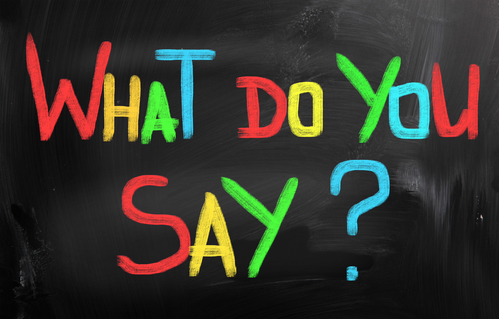
There has been a lot of outcry over the “Don’t Say Gay” bill debated and recently passed by the Florida legislature (HB1557/SB1834). On one side, the claim is that the bill prohibits any school teacher or administrator or third party in a school from ever mentioning anything related to gender identity and/or sexuality. On the other side, the claim is that the bill simply asserts the rights of parents to have a say in what their children learn about those topics. Since the only thing I’ve seen in relation to this has been a lot of social media and news reports, all without any citation, and all with a lot of hand-wringing, I decided to read the bill myself.
Now, not being a lawyer, I can’t delve into what might be possible because of specific wording. Legal scholars and lawyers will no doubt argue the fine points in court cases to come where this new law gets tested. But the bill is basically only three pages, and nothing that comes across as deeply mystifying legalese, so I’m going to give it a stab.
Edit: I’ve been asked to give bullet-points about my conclusions, and you can read on to flesh out the details:
- This law only applies to public schools
- This law applies to all grades, not just the GOP touted “it’s only kindergarten through third grade kids”. That’s just one sentence out of the bill, the rest applies to all grades.
- This law leaves vulnerable kids, particularly LGBTQIA+ kids, without a safety net for counseling, making it “talk to your parents” or nothing, and obligating school employees to notify parents of anything kids say about their sexuality or identity.
- By leaving the definition of “age appropriate” vague, this law puts the onus of defining it on state employees whose jobs are beholden to elected officials, while taking those officials off the hook for making what might turn out to be unpopular decisions.
- Edit: This all didn’t age well, as over the next 10 months, Governor DeSantis, by executive fiat, extended all these restrictions through the rest of elementary school, and then on to secondary school; upped the ante on book-banning in school libraries, while cheering on private forays into public libraries and bookstores as well. And then, another couple of months later, got the legislature to codify it into law. Also added in prohibitions on teachers and school employees “using” pronouns or asking students what theirs are, and prohibited trans students (well, trans people in general) from using public restrooms unless they correspond to their birth gender, regardless of whether they’ve undergone any medical transition procedures, subject to genital examination, DNA testing, and the potential for arrest for using the wrong bathroom.
First, this bill does not apply to all schools. It applies specifically and only to public schools. What a private school chooses to teach and how they interact with parents is not addressed.
Second, and probably where much of the debate comes from, is the introductory paragraph, which is a litany of more than a dozen assertions about what the purpose of the bill is. Most of it relates to parental notification and involvement in school approaches to the well-being, both physical and mental, of students.
The basic assertion is that the school and its personnel are not to undertake any actions in the realm of a student’s well-being without either prior involvement of the parents in the decision, or if something happens in the moment, without notifying the parents. In the midst of the litany is a reference to not encouraging classroom discussion on sexual orientation or gender identity in “primary grade levels”. But let’s get into the actual bill, since the preamble doesn’t contain any details of anything enforceable.
The first section of the actual bill requires that a school adopt clear policies for notifying a parent if their child seeks help, or a teacher notices an issue, around their physical, mental, well-being. It requires that the school recommend the child talk to their parent first, and that the parent give permission for the school to be involved in the process. It carves out a clear exception for cases of suspected child abuse that might involve a parent.
But, the troubling part of this is, as someone who began to “come out” as gay during high school, and had friends who did as well, being able to talk to a teacher or counselor about it because of fear of parental reaction, was really important. Had they been prohibited from talking to me about it, I’m not sure where I’d have sought out support. Well, I actually do – since most of the counseling I got ended up being from my rabbi, who was open about having a conversation and not talking to my parents about it, though he did encourage me to do so.
In the same vein, the second section prohibits the school from requiring students to fill out questionnaires or participate in activities that might lead them to openly discuss issues of their physical, mental, or emotional well-being in the school, as opposed to talking to their parents about them (same exception in regard to potential child abuse cases).
Again, the same issue arises… since some of these sorts of issues (at this point, nothing’s been mentioned in the meat of the bill about sexual orientation or gender identity, but we are headed that way) are ones that many kids have reasonable concerns about talking to their parents about. Taking away the option for counseling and support without parental notification or permission leaves vulnerable kids even more at risk for not getting support.
Section three is clearly the one where the “Don’t Say Gay” moniker comes from. But honestly, to me, this is the least troubling part of the bill. The first two sections, as I noted, are where I see a real issue. The only thing that this section prohibits is “classroom instruction” by teachers, administrators, or third parties about sexual orientation or gender identity, for students who are in kindergarten through third grade. From fourth grade on, there’s no prohibition, though there’s an oddly phrased sentence about such classes being age appropriate, not defined, which obviously could be subject to a variety of interpretations. The big issue here is it leaves that definition in the hands of the department of education, which could well make up all sorts of reasons for not teaching about these topics to various grade levels, depending on political pressures from state officials.
While it’s possible that a six year-old could have questions or concerns that might be addressed in counseling (back to the first section), I have to agree that kids of that age don’t need to have those conversations in class. The bill doesn’t prohibit a teacher or administrator from answering questions about such topics, it prohibits making it a part of the curriculum. Could the term “classroom instruction” be misused to castigate a teacher for their approach to answering questions? I suppose, but I imagine that’s in the arena of fine points that will end up in a courtroom.
Section four is pretty innocuous, and probably no different from what every department of education law includes – that any support services offered by school personnel must adhere to guidelines established by the school system and the state’s department of education. Obviously, those guidelines could be altered to be something horrific, but that’s not part of this bill.
Section five requires that the school notify parents at the beginning of the school year what sorts of health services and counseling the school makes available to both students and their parents. Pretty standard.
Section six requires that the schools notify and receive permission from a parent before administering either physical or mental health questionnaires to their kids.
Section seven basically just establishes the details of what parental notification and permission involves, and parental remedies if a school violates any of the above rules.
In sum, my biggest concern revolves around the lack of access to outside support for vulnerable kids that is built into the first two sections of this bill, now law, that goes into effect this July.
I understand the impetus that many, if not most parents, have to be involved in the physical, mental, and emotional well-being of their kids, and to not have an “outsider” having those conversations. At the same time, they might want to take a momentary step back, and think about their own childhood and teen years, and whether there were issues that they really needed to talk to someone other than their parents about.
Prohibiting any sort of counseling or conversation with a student in this arena on the part of school personnel without parental involvement is short-sighted, and is more likely to create more serious well-being issues for kids. Obviously there need to be some lines that aren’t to be crossed, but the way those two sections of the bill are worded aren’t where the line ought to be. And including vaguely worded phrases like “age appropriate” or “developmentally appropriate” in the law, with the definition of those left to a group of employees of the state, beholden to the governor and/or legislature for their employment, is a slippery slope to nowhere good.
[The bill can be found here: Senate/House bill
